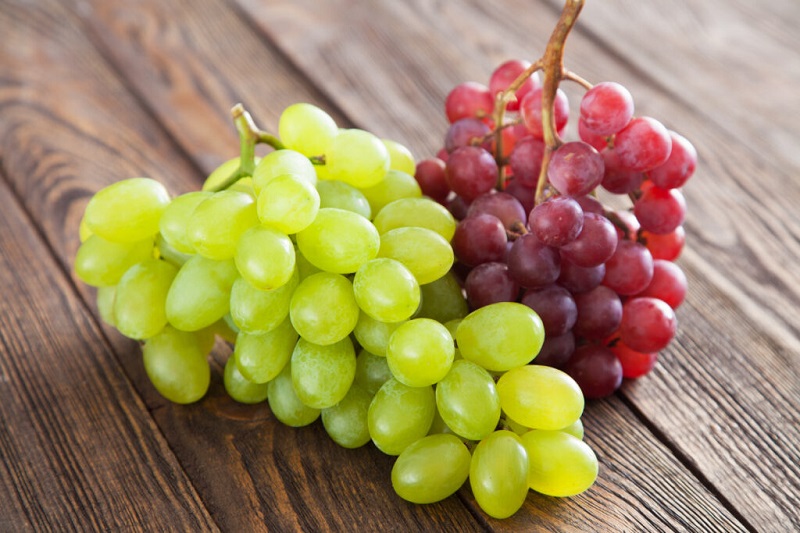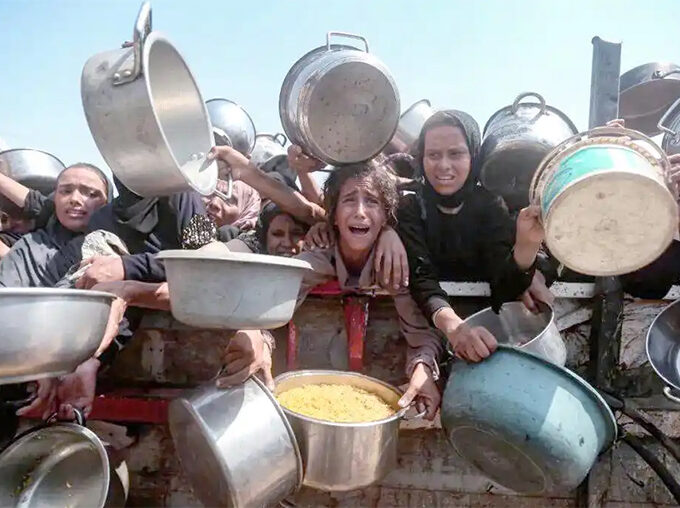According to the agricultural media outlet, with only three months left until the end of the current Peruvian table grape season, Alejandro Cabrera, general manager of the Peruvian Association of Table Grape Producers (Provid), said that exports are expected to fall by more than 10 percent compared to the previous season due to the negative impact of climate change on production. begins in August and usually lasts until April. Exports through December 2023 have increased to 47.2 million cases (8.2kg/case), compared to 41.2 million cases at the end of 2022, Cabrera said. However, the actual impact of climate change on production is expected to be felt towards the end of the season.
Weather events such as Cyclone Yaku and El Niño brought the season forward by about 25 days, negatively affecting export volumes in the northern and southern regions of the country. For example, the northern region initially performed well in November, but export volumes fell by more than 30 percent.
We shipped 71.4 million 8.2kg boxes of grapes in the 2022/23 season, and the last forecast we made had already been revised down by 10 percent based on this figure,” Cabrera said. With the expectation that the drop could be even greater, we are now gathering information from producers.”
The US remains the main destination for Peruvian grapes, with a 46 percent share at the end of December 2023. Weather conditions have also led to a decline in local US grape production this season, and increased demand has allowed Peruvian grapes to command better prices than in other years. However, the situation in the US does not apply to all export destinations.
Cabrera pointed out that countries such as South Africa, Australia, Chile, and Brazil, which had the same season as Peru, could benefit from higher grape export volumes. He emphasized the importance of assessing varietal turnover, advising growers to move to grape varieties that are more resilient to climate change. While 70 percent of Peru’s grapes are now authorized varieties, with higher yields and better flavor, 30 percent of traditional varieties could still be replaced. Licensed varieties least affected by climate change are Sweet Globe, Allison, and Autumn Crisp.













Leave a comment